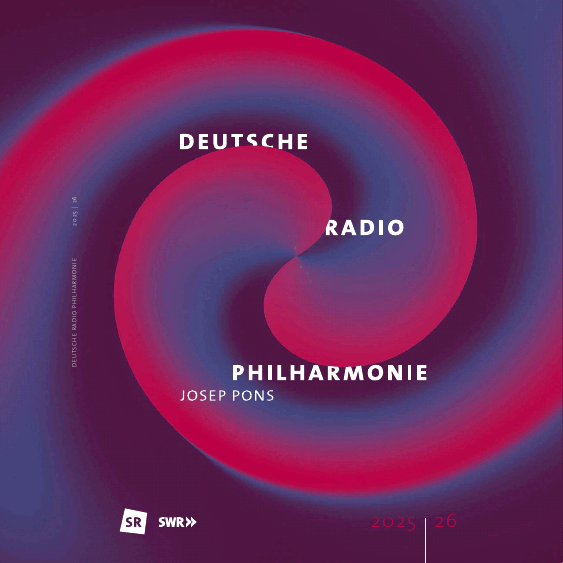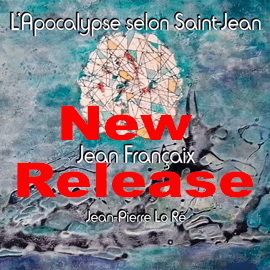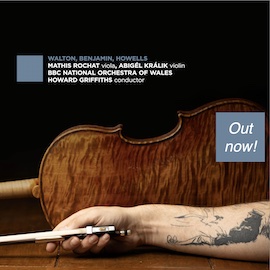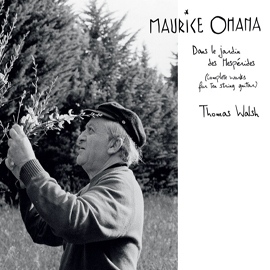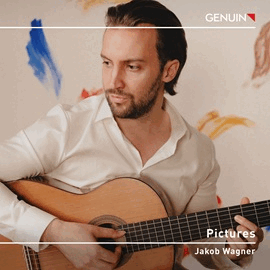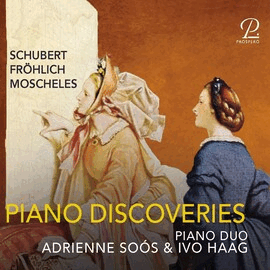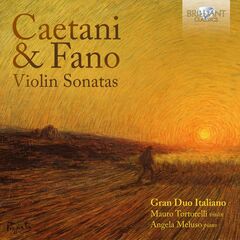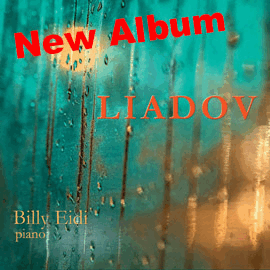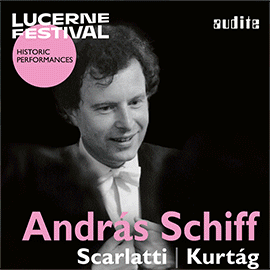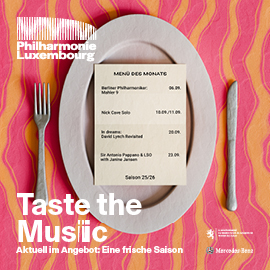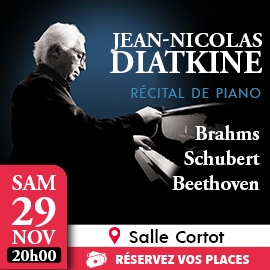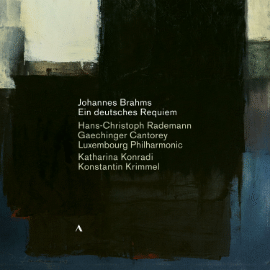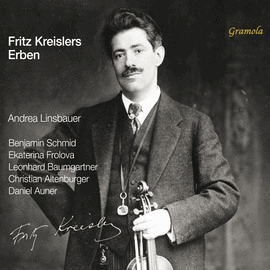Zu den Lehrern von Roffredo Caetani gehörten Giovanni Sgambati und Franz Liszt, um nur die bekanntesten zu benennen. Nach einem Klavierquintett war die Sonate für Violine und Klavier, 1898 vollendet, sein zweiter Beitrag zur Kammermusik. Mit ausladender Dimension in allen drei Sätzen und Merkmalen, die in den Ecksätzen an die barocke Epoche erinnern, mag man eine Nähe zur zweiten Sonate von Busoni vernehmen.
Die Interpreten eröffnen das Werk mit ausdrucksstarkem, aber auch rätselhaft wirkendem Spiel, bevor sie das Allegro mit etlichen Themen und seinem drängenden Rhythmus folgen lassen. Im zweiten Satz lässt Tortorelli seine Geige elegisch wirkende Gesänge hören, während die Pianistin Meluso den chromatischen Kontrapunkt beackert. Die so entstehende intime Stimmung mag an Werke seines Lehrers Liszt erinnern. Für das Finale durchwandern die Interpreten die dreistimmige Fuge so, dass deren Charakter deutlich erkennbar wird.
Für den beinahe gleichalten Guido Alberto Fano mögen als lehrende Kontakte Giuseppe Martucci und Ferruccio Busoni benannt sein.
Auch bei Fano ist seine Fantasia-Sonate von 1893 eines seiner ersten Kammermusikwerke. 1941 in der dunklen Zeit seiner Flucht vor den Nazis überarbeitete er das Werk zu der vier Sätzen umfassenden Form. Wiederum eher zurückhaltend und geheimnisvoll am Beginn, entwickeln die Interpreten die sich im ersten Satz wiederholenden Crescendi und Diminuendi. Ähnlich wie bei Caetano stellen Tortorelli und Meluso auch im zweiten Satz den barocken Charakter vor, der spirituellen Charakter annimmt. Und wiederum nimmt sich das Klavier des ausgefeilten Kontrapunkts an, während die Geige eine unreal wirkende Sequenz spielt. Im dritten Satz darf Geiger Tauro Tortorelli sich in fortwährender Bewegung beweisen. Im Finale darf die Pianistin die virtuose Linie aus dem dritten Satz auf das Klavier herüberziehen. Der Geiger entwickelt währenddessen das kantable und leidenschaftliche Thema aus dem ersten Satz weiter. Ein ruhiges, meditativ ausgeformtes Zwischenspiel unterbricht, bevor die Interpreten, voran der Geiger mit wirbelnden Arpeggien, das Werk ausklingen lassen.
Seit zehn Jahren bilden Mauro Tortorelli und Angela Meluso das Gran Duo Italiano. Ihr Ziel, italienische und nicht-italienische Musikschätze wieder zu entdecken, verfolgen sie auch hier aufmerksam. Die Professoren am Konservatorium von Cosenza verfolgen so erfolgreich ihre eigene Agenda, was dem Hörer hilft, den Katalog zu erweitern.
Roffredo Caetani’s teachers included Giovanni Sgambati and Franz Liszt, to name just the best known. After a piano quintet, the Sonata for Violin and Piano, completed in 1898, was his second contribution to chamber music. With its expansive dimensions in all three movements and features reminiscent of the Baroque era in the outer movements, one can sense a proximity to Busoni’s second sonata.
The performers open the work with expressive, but also enigmatic playing, before following with the Allegro with its many themes and urgent rhythm. In the second movement, Tortorelli lets his violin play elegiac songs, while the pianist Meluso plows through the chromatic counterpoint. The resulting intimate mood is reminiscent of works by his teacher Liszt. For the finale, the performers wander through the three-part fugue in such a way that its character becomes clearly recognizable.
Giuseppe Martucci and Ferruccio Busoni may be named as teaching contacts for Guido Alberto Fano, who was almost the same age.
Fano’s Fantasia Sonata from 1893 is also one of his first chamber music works. In 1941, during the dark period of his flight from the Nazis, he reworked the work into the four-movement form. Again rather restrained and mysterious at the beginning, the performers develop the crescendos and diminuendos that are repeated in the first movement. Similar to Caetano, Tortorelli and Meluso also introduce the baroque character in the second movement, which takes on a spiritual character. Once again, the piano takes on the sophisticated counterpoint, while the violin plays an unreal sequence. In the third movement, violinist Tauro Tortorelli is allowed to prove himself in continuous movement. In the finale, the pianist is allowed to transfer the virtuoso line from the third movement to the piano. Meanwhile, the violinist continues to develop the cantabile and passionate theme from the first movement. A calm, meditative interlude interrupts before the performers, led by the violinist with swirling arpeggios, bring the work to a close.
Mauro Tortorelli and Angela Meluso have formed the Gran Duo Italiano for ten years. Their goal of rediscovering Italian and non-Italian musical treasures is one that they are also pursuing attentively here. The professors at the Cosenza Conservatory are thus successfully pursuing their own agenda, which helps listeners to expand their catalog.



